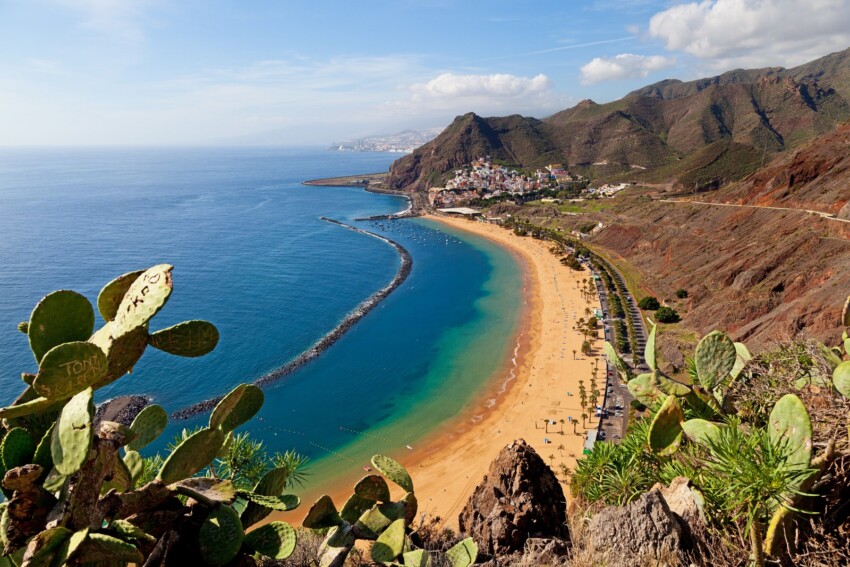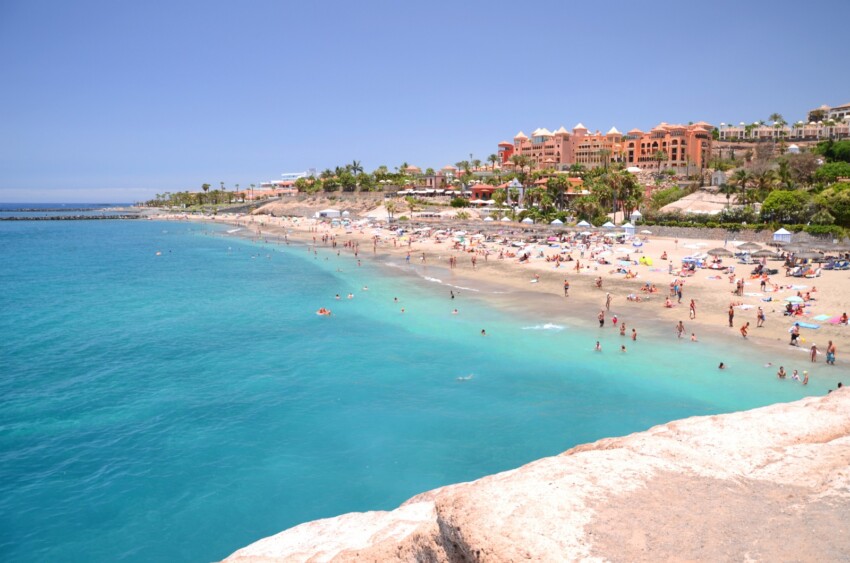

The Canary Islands, located in the Atlantic Ocean opposite Morocco, are also known as the ‘islands of eternal spring’ because they enjoy a mild climate all year round and can be visited at any time without disappointment.
They are an ideal holiday destination 365 days a year. Winter rainfall varies between the islands and is more frequent in the northern part of the archipelago, as it is more exposed to north-easterly winds.
Winter and summer attract many tourists to the Canaries, which makes accommodation more expensive and more difficult to find. It is therefore necessary to book in advance in order to take advantage of favourable offers and to find a place that suits you best.

Summer in the Canaries begins in June and ends in September. July is one of the busiest months of the year, when thousands of families and couples from all over Europe visit the islands of the archipelago to spend their summer holidays.
Despite the islands’ location, practically in the tropics, temperatures never get too high due to the cooling influence of the surrounding waters of the Atlantic Ocean and the constant trade winds.
Temperatures reach their peak at this time of year, fluctuating between 25 °C and 30 °C, and rainfall is practically absent, except in the northern areas of Gran Canaria and Tenerife, and in some areas of La Palma and La Gomera.
At night, temperatures can drop as low as 20 °C, an ideal climate for resting after a day at the beach and hiking. The sea temperature is around 22°C, great for a refreshing swim in the crystal-clear waters that make these islands a paradise.
The hours of sunshine in June, July and August average between 9 and 10 per day. This is why many people consider it the best time for a holiday in the Canaries.
The days of intense heat are when the calima phenomenon occurs, i.e. when the winds from the Sahara Desert hold the sand particles they carry in suspension: the sky becomes cloudy and the heat becomes oppressive. Fortunately, it only occurs a few days a year.
The Canaries in December welcome many European tourists escaping from the cold winter months. The islands at this time mainly see a tourism of pensioners in search of warmth and tranquillity. During this month of the year, the Canaries are the warmest place in Europe. Temperatures range from 15°C to 25°C, ideal for long walks by the sea.
The more courageous can also try bathing in the ocean, which has a cold but not prohibitive temperature: around 19°C. It is important to bear in mind that rainfall tends to be heavier than in the summer months, but on average only 30-40 mm: it rains for an average of four days throughout the month.
Caution! If you go to the Canaries at this time of year you will find the high season, so prices will be higher.
There is something strange about thinking of spending Christmas in the sun and by the sea: usually when you think of this holiday you imagine cold and snow. However, many couples and families decide to spend Christmas in the warmth and sea in the Canaries.
A few hours’ flight away you will find a wonderful climate, considered one of the best in the world. Temperatures can reach 27°C and often do not drop below 18°C. The ocean temperature is low, but it is still possible to take a swim in the crystal-clear waters, or perhaps in the hotel swimming pools.
Christmas is celebrated in a traditional way on the islands: Christmas markets, a Christmas concert and even nativity scenes made of sand.
If you want to spend a different kind of New Year’s Eve in warm weather, escaping the freezing cold of Europe, the Canaries are the perfect destination. It is a very high season but if you book early, you can find good offers to plan New Year’s Eve in the Canaries.
For this occasion, the islands offer beach parties with shows and live music and fireworks. Usually the celebrations start with New Year’s Eve dinner. Spanish tradition then dictates that 12 grapes are eaten before midnight as a good omen for the coming year.